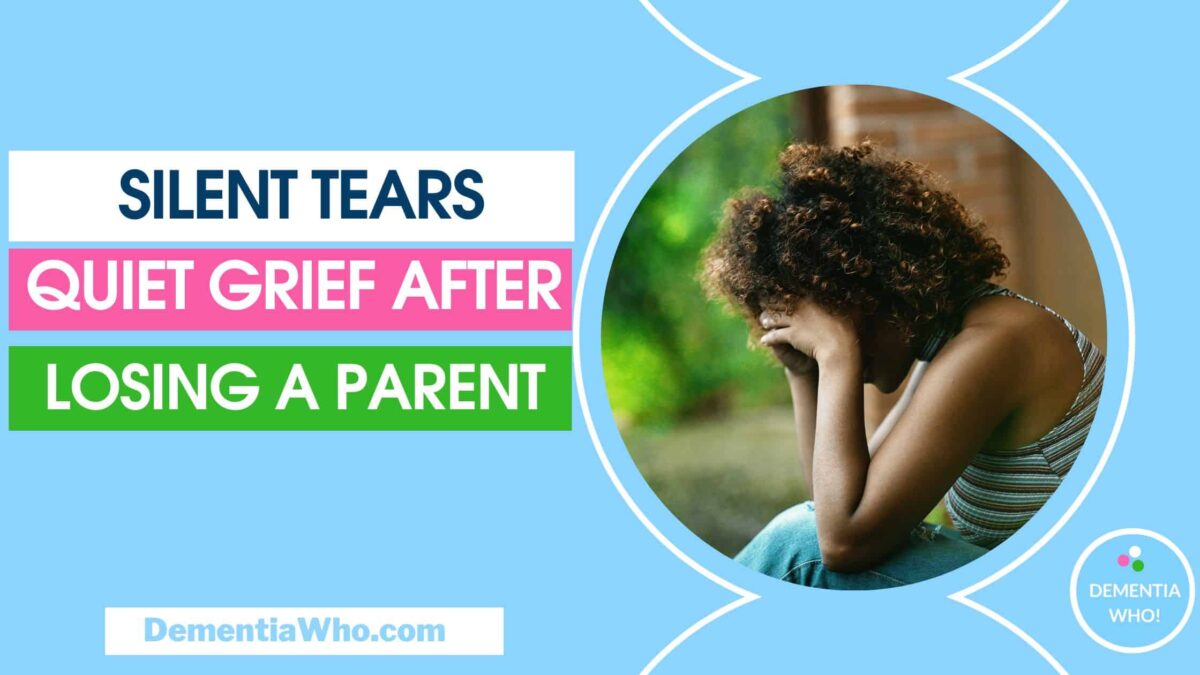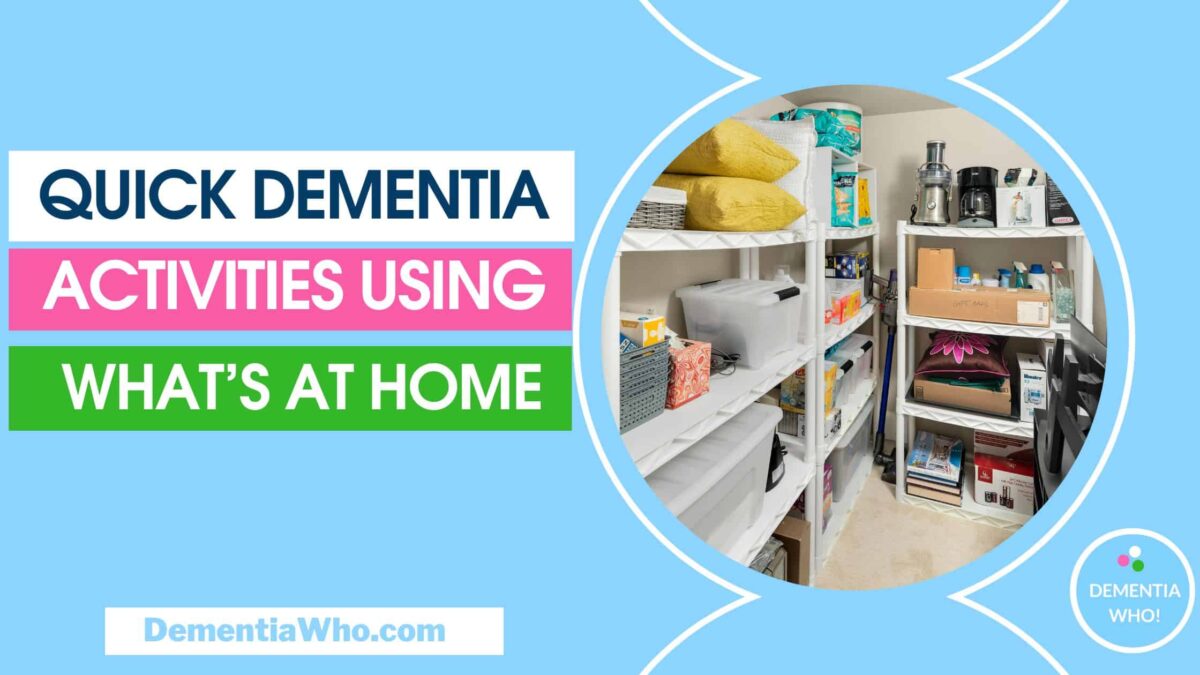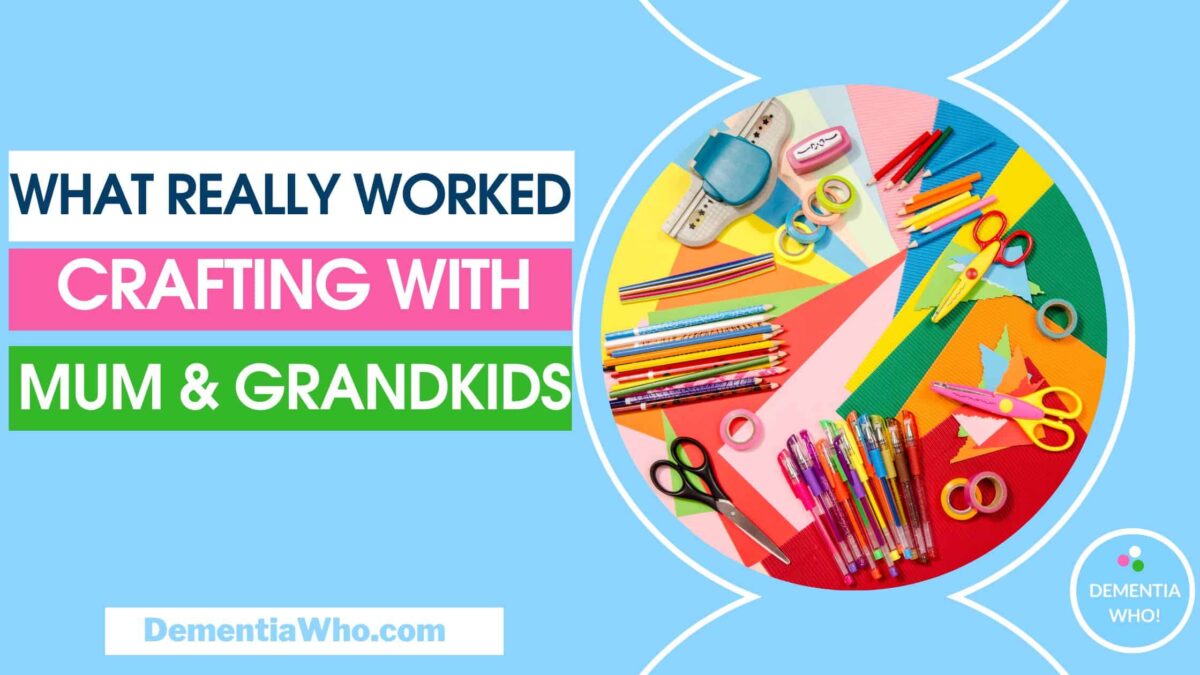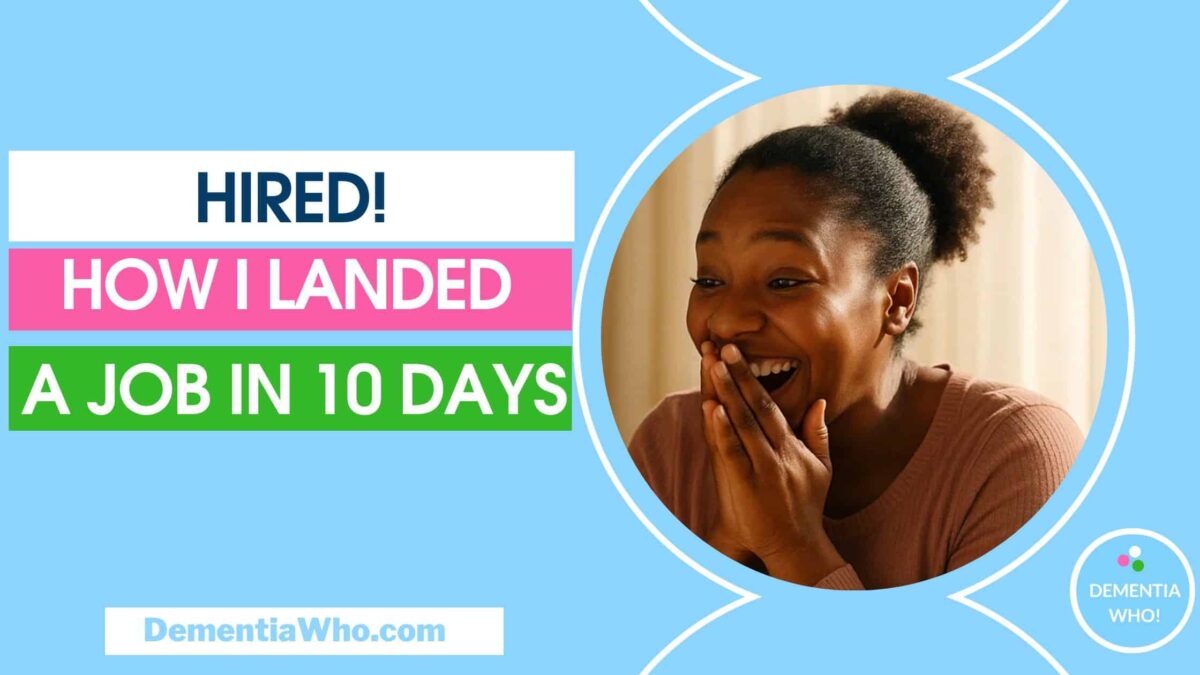I do believe things happen for a reason and sometimes good things come together.
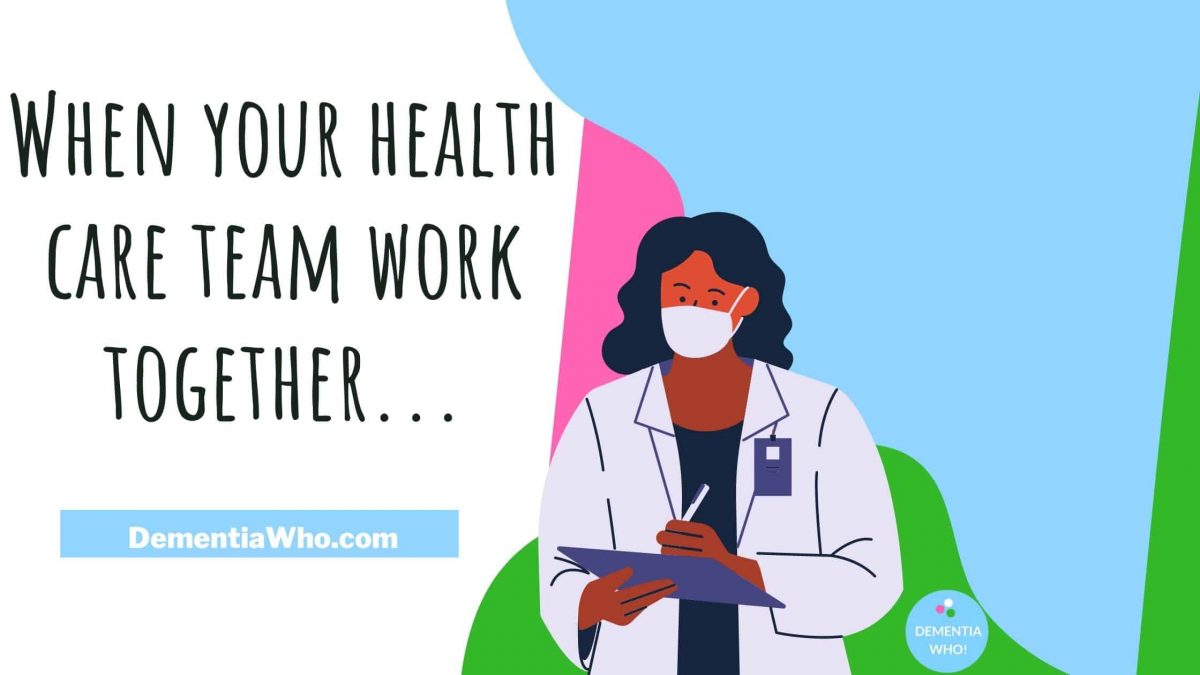
Things happen for a reason
Mum had been unwell for a while. After the initial investigation, our GP referred us to a specialist consultant. The consultant wanted to do a biopsy to rule out cancer.
Instead of going in for a day procedure as we hoped we had to go in for a surgical procedure under general anaesthetic. The risk was too great with mum’s dementia for her to be awake for the procedure.
If it weren’t for that decision, mum probably wouldn’t have been diagnosed with her diabetes. Further tests needed for surgery identified it. Otherwise, it could’ve been years before she was diagnosed whilst it wreaked havoc on her overall health.
The Epic Presurgery Coordinator
The epic presurgery coordinator was a godsend. After contacting us about the initial blood tests, she took charge and became the beat we all followed.
She sent the referral to the anaesthetist; she coordinated with the consultants and the diabetes nurses over several months to ensure that mum’s procedure went well.
She called as she went on vacation with a checklist of things we needed if the surgery was arranged when she was away. She organised for the district nurses to visit a few days before surgery to show me how to administer her anti-coagulant injections.
Her name is Joy and she took mum under her wing and literally pulled and pushed everyone into making this happen.
The wonderful world of video conferencing
I know that many people complained of not having face to face access to their doctors. We found that thanks to video conferences, all the medical team were more than available to help, discuss options, and react to changes in mum’s health. It was quicker to get appointments, we didn’t have the hassle of trying to arrange hospital transport and a 1 hour appointment didn’t turn into a 4-6 hour ordeal of preparations & waiting.
A surgical consultant and anaesthetist often work together, but this time they included the diabetes nurses, district nurses and the presurgery coordinator. We regularly exchanged telephone calls, emails and backed that up with video conference calls.
The worrying choice of anaesthesia
The anaesthetist arranged for the procedure to be done in a larger hospital because of the risk of infection with mum’s diabetes. We discussed the different options but he rejected the idea of sedation or giving her a spinal block because of her spinal condition & dementia.
That left the worst possible option for us: a general anaesthetic. Evidence suggests that cognitive function can decline after surgery, and her Alzheimer’s stage could advance. One anaesthetist explained it as a reaction by the body to the trauma of surgery. It doesn’t happen to everyone, but dementia can get worse in most cases.
The Hospital Suite
The consultant had arranged for us to come in the night before. He received permission for me to stay with mum despite the pandemic restrictions. Joy had worked her magic called the ward sister the week before to ensure the team was ready and aware of mum’s dementia!
Surprisingly, the hospital didn’t have a traditional ward format. I expected a series of 6 beds within a bay at the hospital. These types of wards aren’t great for someone with dementia. The noise from the ward, the people walking past, food trolley noise, the stringent lighting, the lack of privacy etc., all increase mum’s anxiety and stress.
But…..this ward had a series of separate rooms, with private bathrooms and a massive flat-screen TV. I honestly thought we were in a private hospital. The hospital had already removed everything I feared that could frighten or keep mum awake simply through changing hospital design. Every patient on our floor had a hospital suite!
Best News before the Procedure
On the day of the surgery, the consultant arrived with a new anaesthetist with some good news. They talked directly to mum, but I helped translate some complicated wording. He had looked at mum’s case and believed that they could do the procedure under sedation as long as we were happy with that. He wanted to try that first, before going under general anaesthtic. Mum was still scared, so he reassured her by saying that he wanted me in the operating theatre with her to support if needed.
Well, of course, we jumped at that option. All the risks of general anaesthetic were reduced. Some risks still exist, but nowhere near the level before. It also meant that mum’s recovery would be quicker and she’d be home sooner.
The procedure itself went well, and mum slept through the whole thing. I’m glad she wasn’t awake for it as it seemed quite violent at times and the room was filled with doctors. They examined the area for any growths and took a biopsy. We just had to wait for results to determine if the cells were cancerous.
Post surgery
We were kept in overnight as a precaution but went home the following day. Mum’s symptoms have subsided, and a few days later, we received the great news that mum didn’t have cancer. I can’t thank them enough for everything they did to help mum through to this final stage.
It was probably the best example of health care professionals working together that we had ever experienced. I know that was down to one main character, Joy, the presurgery coordinator, who even called weeks after the procedure to check on us and shared her happiness in mum’s results.
Today, mum is showing no symptoms and is well.
I’m sharing this story as it just goes to show that talk of being “dementia-friendly” means nothing if not backed up by actions, design and colleagues working together as a unit to achieve the best outcomes for people with dementia.
I do believe things happen for a reason and sometimes good things come together.
Thanks for taking the time to read this, if you’d like to subscribe to my blog and get the latest post by email sign up below!

